-
Latham Hi‑Tech Seeds
Identifying Soybean Cupping
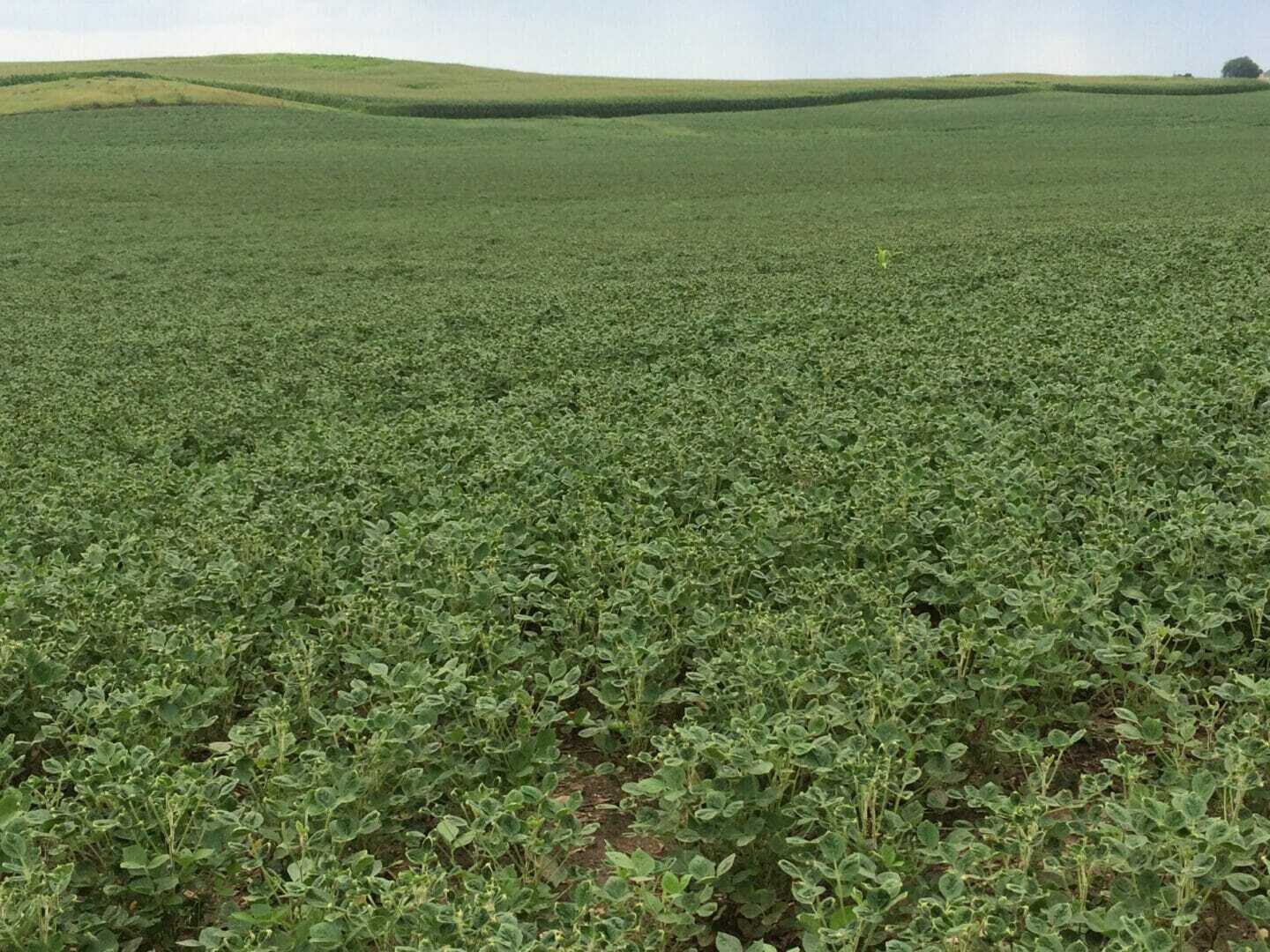 Phil Long shares tips on scouting fields and evaluating cupping damage and recovery on those fields. Find a breakdown of time below:0:20 — What causes soybean leaf cupping?1:20 — Herbicide effects3:25 — Scouting for soybean cupping damage4:25 — Stage the cupping damage5:50 — Soybean recovery from cupping damage7:15 — Systemic herbicide timeline
Phil Long shares tips on scouting fields and evaluating cupping damage and recovery on those fields. Find a breakdown of time below:0:20 — What causes soybean leaf cupping?1:20 — Herbicide effects3:25 — Scouting for soybean cupping damage4:25 — Stage the cupping damage5:50 — Soybean recovery from cupping damage7:15 — Systemic herbicide timeline -
Latham Hi‑Tech Seeds
Ask The Agronomist: Soybean Stress
How much stress can soybeans handle? Phil Long discusses important early season soybeans stresses and their impact on yield. #AskTheAgronomist
1:00 — Scouting Tips: Staging soybeans
3:45 — Post-emergence weed control
6:20 — Yield impact with early season stresses
9:12 — Soybean nodules
10:15 — Final thoughts
-
Latham Hi‑Tech Seeds
Ask The Agronomist: Sulfur in Soybeans
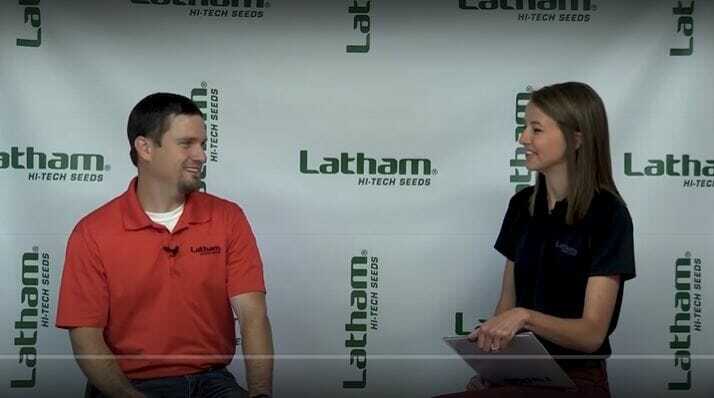
What role does sulfur play in your soybeans? Phil Long discusses the importance of available sulfur and feasibility of in-season application.
1:07 – Topic introduction2:30 – Why sulfur?4:30 – When to apply sulfur5:25 – Available forms of sulfur7:30 – Importance of tissue tests -
Latham Hi‑Tech Seeds
Thistle Caterpillars
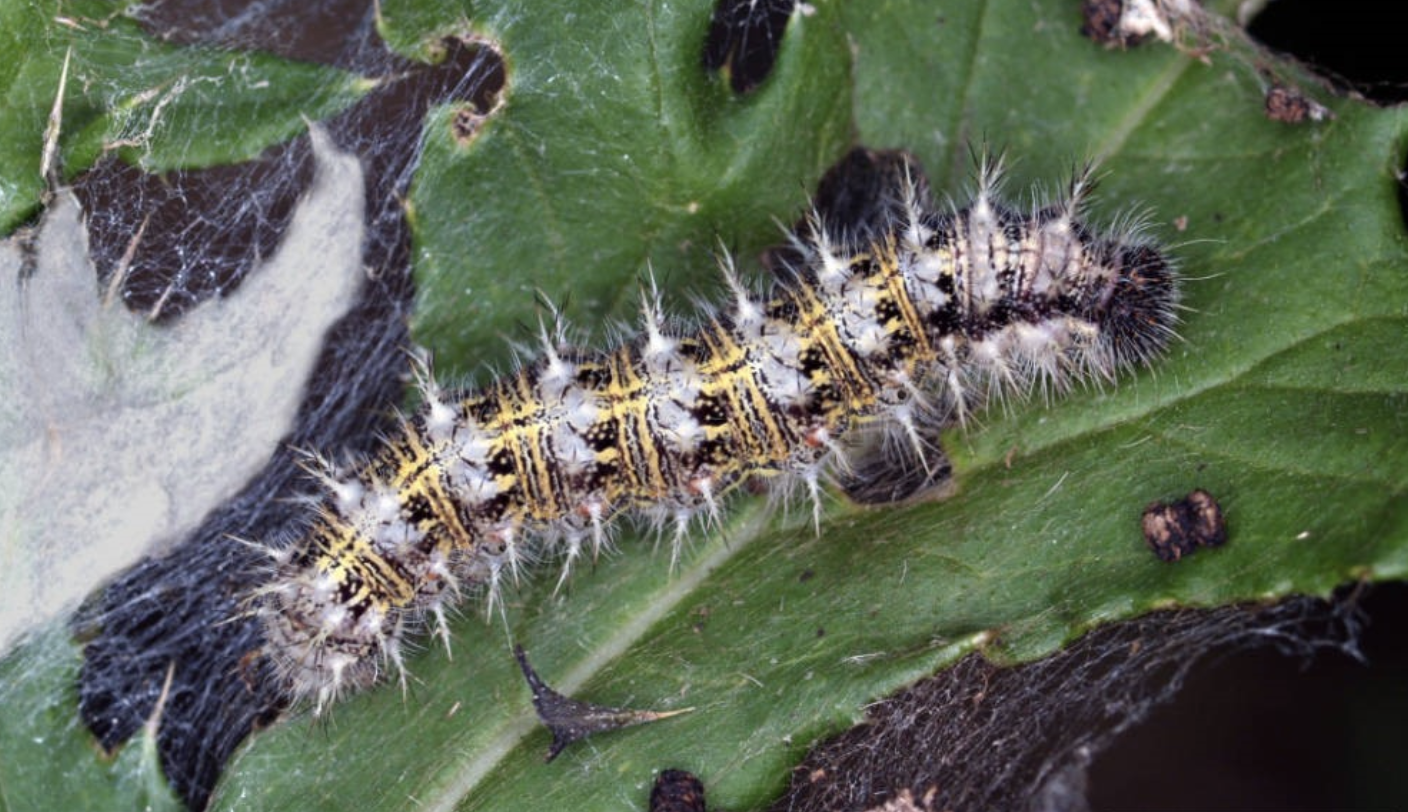
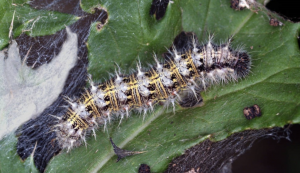
Credit: University of Nebraska Soybeans are a common host of thistle caterpillars – an insect that is able to feed on over 300 different plants. Damage from the thistle caterpillar can be minor leaf feeding or in large infestations, total defoliation. In higher infestations action may be needed, but typically thistle caterpillars don’t cause enough damage to reduce yield or warrant chemical control.
In adult form, thistle caterpillars are known as painted lady butterflies and have a wingspan of 2 to 3 inches. The wings are orange, pink or brown with four eyespots near the tips of the wings. Caterpillars have a yellow stripe that runs the length of the body. Their spiky hairs make the insect distinguishable from other look-a-like insects.
The insect is typically unable to overwinter in the Midwest. Butterflies migrate from southern portions of North America to the Midwest and lay their eggs in June. The eggs are lime green and oblong with a ribbed texture.
Thistle caterpillars can produce one to two generations per year and feed primarily during July and August. Caterpillar feeding takes place over the course of 2 to 6 weeks until the insects reach pupation. The second generation of the insect is known to feed at the topmost layer of the canopy and causes leaves to stick together from excreting silk.
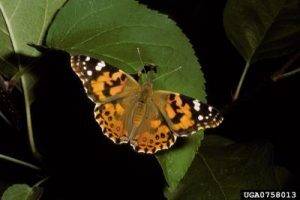
Credit: Iowa State University Scouting and Treatment
Thistle caterpillars are known to cause the most harm to soybeans during V3 and V4. When scouting for signs of caterpillar feeding, examine leaves from each level of the soybean plant. Select 100 different plants from across the field and check for feeding injuries at the top, middle and bottom third of the plant.
Treatment is advised when defoliation is exhibited in 30% of plants during vegetation or 20% in plants undergoing reproduction. Insecticide application can be used to control the insect’s population. Be sure to consult with your local Latham representative to determine the best treatment plan for managing thistle caterpillars.
-
Latham Hi‑Tech Seeds
Soil Crusting and Leafing Out Underground

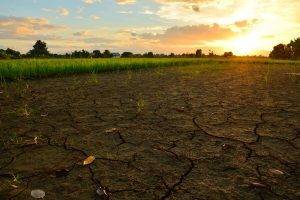
iStock Photo Most often the result of heavy rainfall, soil crusting presents itself in the form of hardened soil with a smooth and compacted appearance. Heavy rains following planting along with high heat and winds can cause finely tilled soils with limited residue cover to form a very dense crust. In addition, planting in wet soils and the use of heavy tilling are primary causes of soil crusting. Fine soils and soils with little organic matter are also more susceptible to the condition.
Soil Crusting Implications
Hardened soil presents implications for water infiltration while also interfering with crop emergence. The coleoptile of a corn plant acts to protect leaves from emerging before the shoot penetrates the soil. When soil crusting occurs, this can cause leaves to emerge prematurely through the coleoptile below the soil instead of above ground – also known as “leafing out”. When the coleoptile ruptures before penetrating the soil, it becomes much more difficult for leafing out to occur above ground.
The hypocotyl of the soybean plant may enlarge as it pushes against the crust and can eventually snap and kill the plant. If you notice a swollen hypocotyl, that soybean plant is trying harder than normal to break through the soil.
A study from Iowa State University found that when 17% of corn plants on a plot exhibited delayed emergence, overall yield was decreased by 4-8%. For soybeans, research from North Carolina State University concludes that delayed emergence reduced overall yield by an average of 14 bushels per acre.
Leafing Out Identification
Leafing out is often seen in the form of a “shepherd’s crook” when the coleoptile ruptures prematurely and prevents leafing out above ground. The decreased vigor resulting in premature leafing out can lead to uneven emergence and ultimately reduce yield.
Adapting Solutions
No-till or minimum-till can reduce the amount of soil movement in times of heavy rainfall, preventing the onset of crusting. In addition, improving surface soil structure can be done by adding organic matter using cover crops or manure.
Using a rotary hoe at the depth of the crust can break up the soil, allowing seedlings to emerge. This practice can also act as a means for weed control prior to their emergence. By using a combination of approaches, soil crusting can be eliminated to avoid leafing out below ground.
-
Latham Hi‑Tech Seeds
Ask The Agronomist: Early Season Soybean Scouting
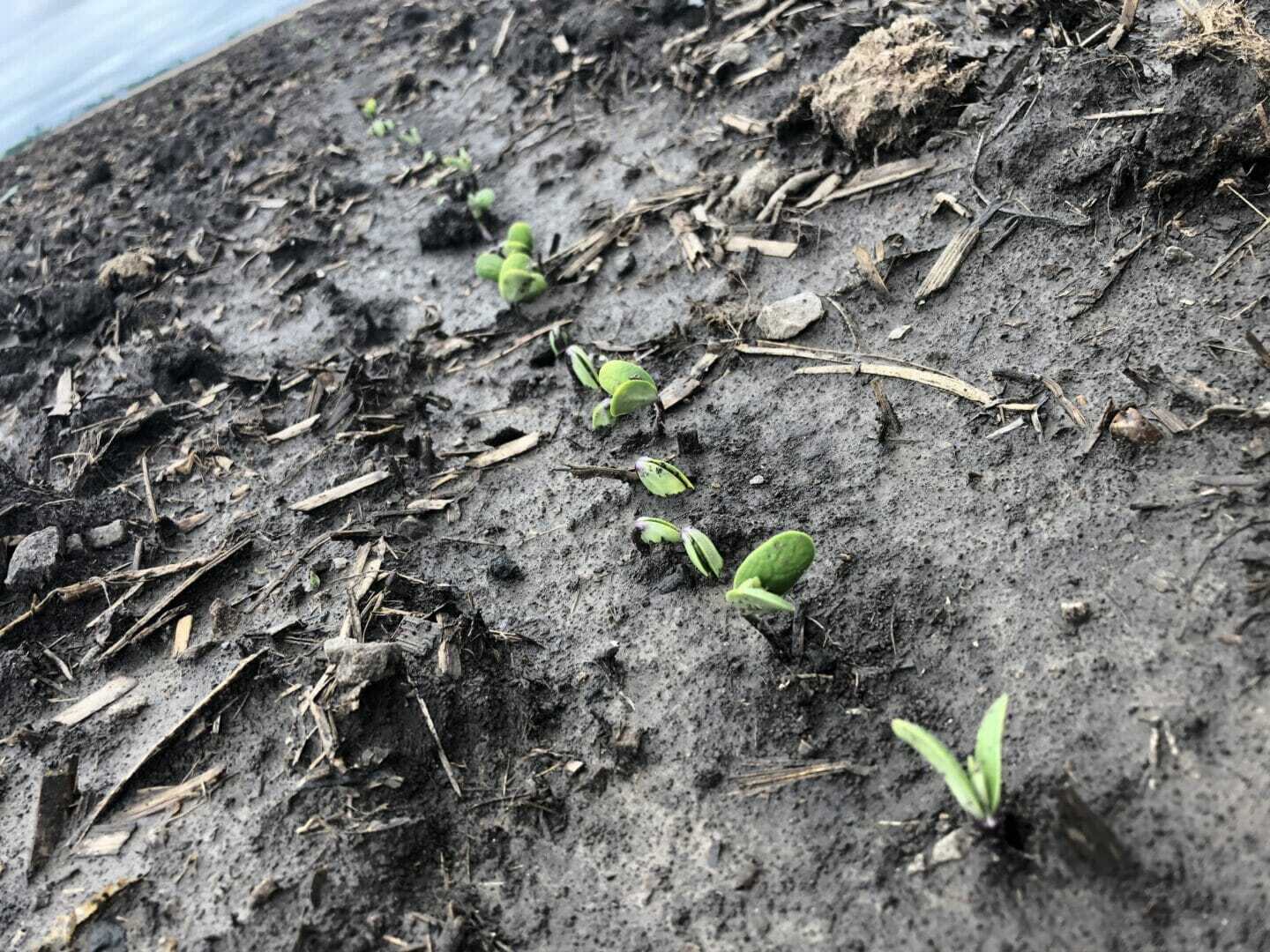 Phil Long discusses early season soybean scouting. Tune in to learn the importance of noting emergence, growth and development. #AskTheAgronomist:20 – Welcome1:00 – Topic introduction2:25 – Soybean growth stages3:00 – Herbicide effectiveness5:10 – Soybean stand counts6:42 – Nodule development
Phil Long discusses early season soybean scouting. Tune in to learn the importance of noting emergence, growth and development. #AskTheAgronomist:20 – Welcome1:00 – Topic introduction2:25 – Soybean growth stages3:00 – Herbicide effectiveness5:10 – Soybean stand counts6:42 – Nodule development -
Latham Hi‑Tech Seeds
Frost Damage in Corn & Soybeans
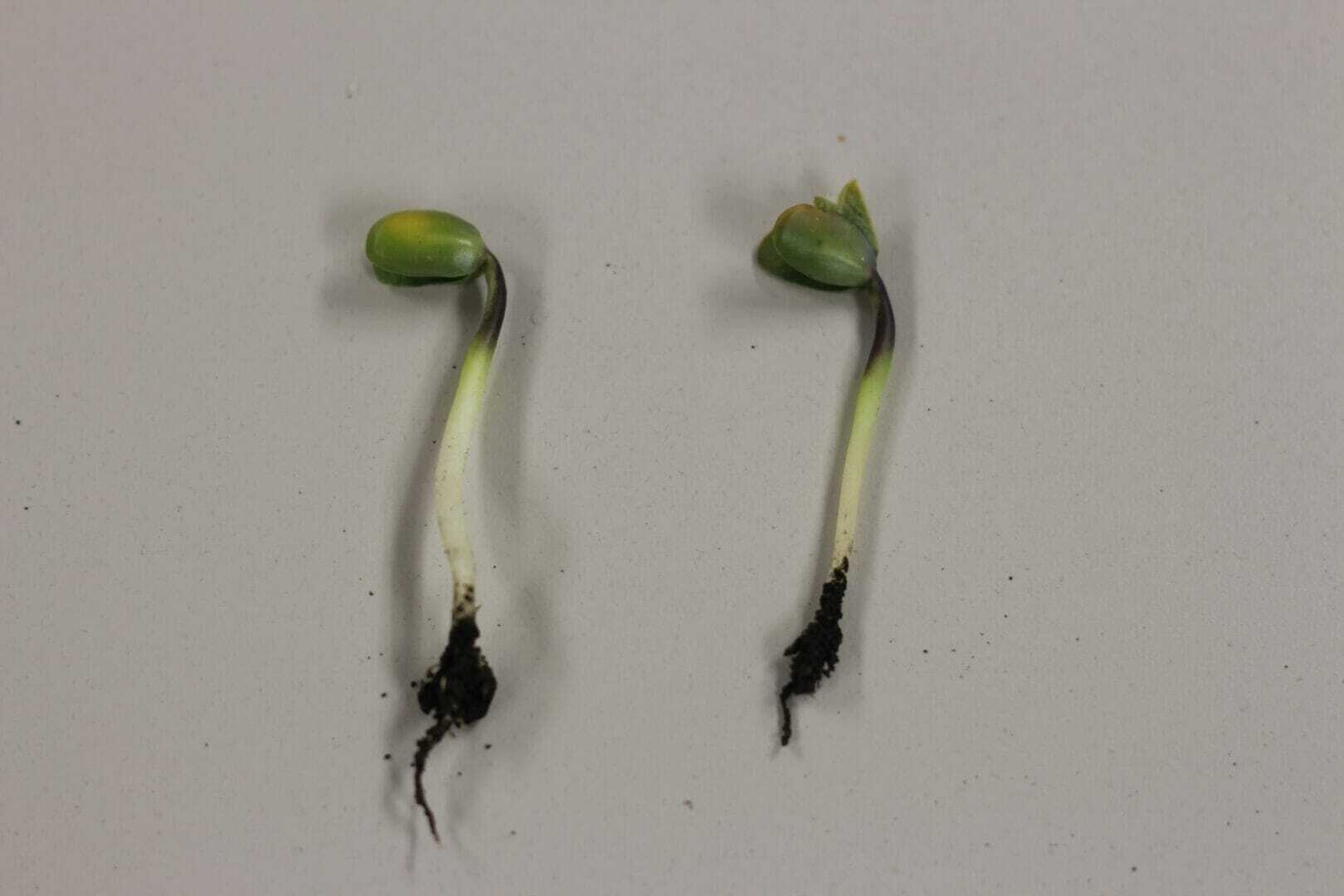 Phil Long discusses the implications of an early-season frost in both corn and soybeans. Tune in to learn if your crop was affected. #LathamSeeds:15 — Welcome:35 — Topic introduction & indicating factors3:30 — Frost damage in corn8:50 — Frost damage in soybeans
Phil Long discusses the implications of an early-season frost in both corn and soybeans. Tune in to learn if your crop was affected. #LathamSeeds:15 — Welcome:35 — Topic introduction & indicating factors3:30 — Frost damage in corn8:50 — Frost damage in soybeans -
Latham Hi‑Tech Seeds
Ask The Agronomist: Herbicide Performance & Dry Conditions
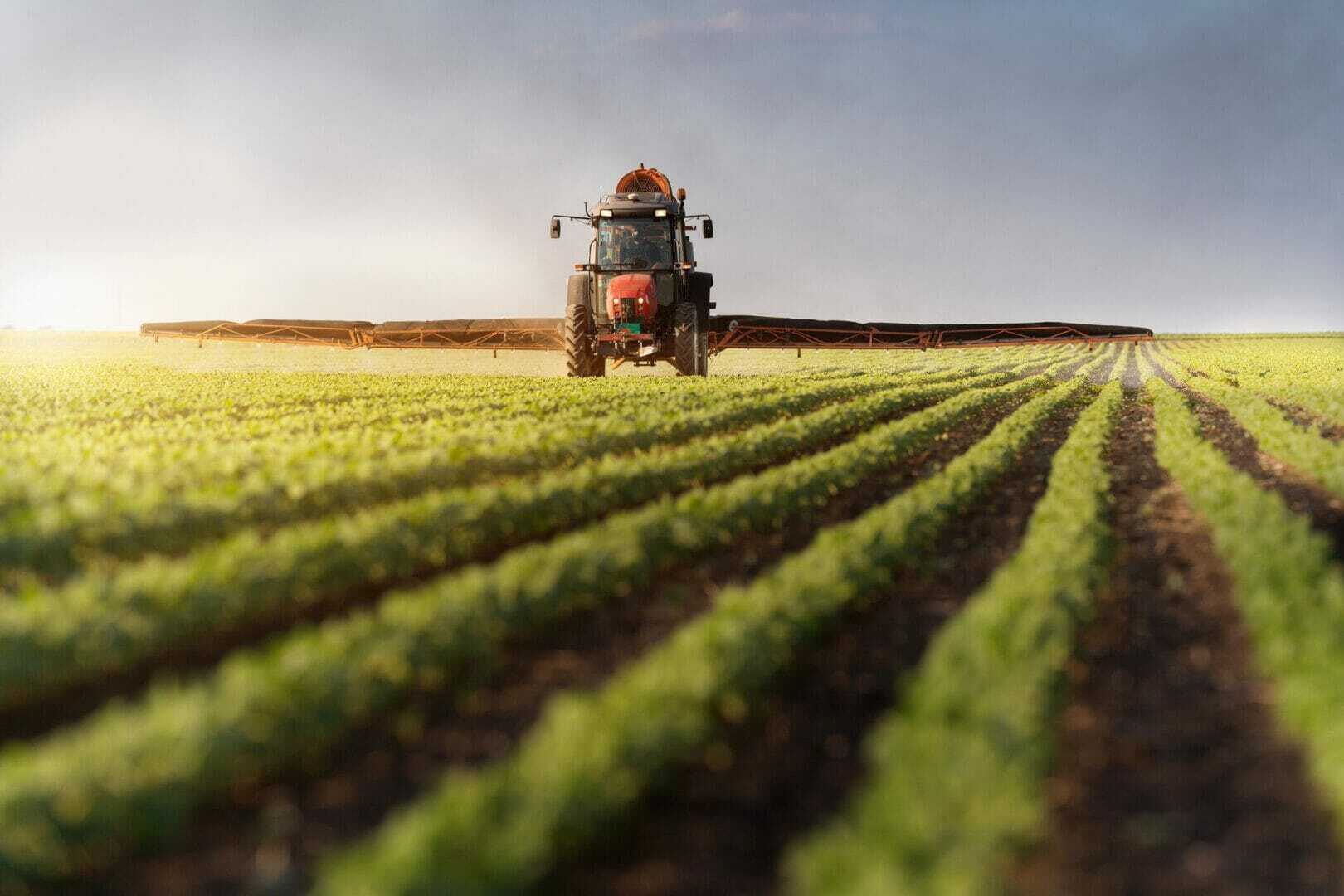 How does the lack of rainfall affect your herbicide program? Phil Long discusses the implications of recent dry weather. #AskTheAgronomist1:15 – Topic introduction3:30 – Importance of residual herbicides5:20 – Implications of recent dry weather9:30 – Herbicide program planning
How does the lack of rainfall affect your herbicide program? Phil Long discusses the implications of recent dry weather. #AskTheAgronomist1:15 – Topic introduction3:30 – Importance of residual herbicides5:20 – Implications of recent dry weather9:30 – Herbicide program planning -
Latham Hi‑Tech Seeds
Ask The Agronomist: Prepping The Seed Bed
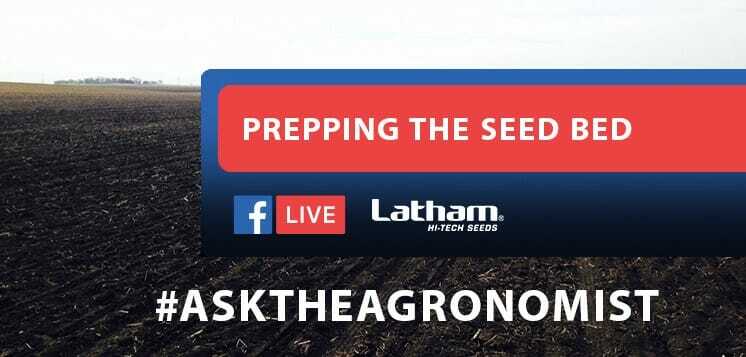
How much tillage is too much? Phil Long discusses proper seed bed preparation and the importance of protecting moisture in the ground. #AskTheAgronomist
:20 – Welcome
1:40 – Topic introduction
3:00 – GDUs, rainfall averages and soil temperatures
4:40 – Soybean germination
5:15 – Conserving moisture in the seed bed
6:40 – Optimal seed depth
7:27 – Soil sealing
10:36 – Cover crops and early termination
11:35 – Final thoughts
-
Latham Hi‑Tech Seeds
#AskTheAgronomist: Planting Depth
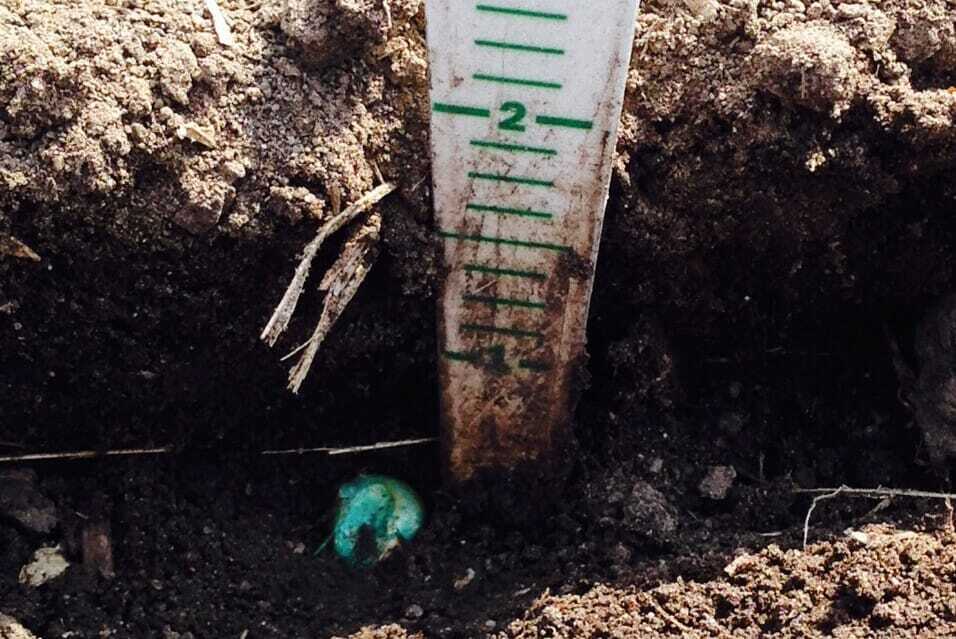 It pays to double check seeding depth! Tune in as Phil Long discusses ideal seeding depth for both corn and soybeans. #AskTheAgronomist:20 – Introduction:50 – Topic overview1:50 – Corn: Why 2 inches?2:00 – Imbibitional phase3:13 – Nodal root development6:25 – Soybean seeding depth7:25 – Soybean seed size9:15 – Final thoughts
It pays to double check seeding depth! Tune in as Phil Long discusses ideal seeding depth for both corn and soybeans. #AskTheAgronomist:20 – Introduction:50 – Topic overview1:50 – Corn: Why 2 inches?2:00 – Imbibitional phase3:13 – Nodal root development6:25 – Soybean seeding depth7:25 – Soybean seed size9:15 – Final thoughts